Sitting at a nail salon, some of the diamonds in my eternity ring turned blue when I placed my hand under the UV light. What was that?
The term fluorescence is a form of luminescence. Fluorescence is the ability of certain chemicals to give off visible light after absorbing radiation which is not normally visible, such as ultraviolet light.

Image from GIA
Fluorescence is the visible light some gemstones emit when they are exposed to invisible ultraviolet (UV) rays. In natural diamonds, blue is the most common colour of fluorescence, but other colours may be visible.
On a GIA Diamond Grading Report, fluorescence refers to the strength, or intensity, of the diamond’s reaction to long-wave UV, which is an essential component of daylight. The light emitted lasts as long as the diamond is exposed to the UV source.
How common is Fluorescence?
Of the diamonds submitted to GIA over the past decade, approximately 25% to 35% exhibit some degree of fluorescence. However, only 10% of those show strengths of fluorescence that may impact appearance (i.e., strengths noted on laboratory reports as medium, strong or very strong). In more than 95% of the diamonds that exhibit fluorescence, the colour seen is blue. In rare instances, the reaction is yellow, white or another colour.
What is the impact of fluorescence on the appearance of the diamond?
GIA studies show that, for the overwhelming majority of diamonds, the strength of fluorescence has no widely noticeable effect on appearance. In many instances, observers prefer the appearance of diamonds that have medium to strong fluorescence. In rare cases, some diamonds with extremely strong fluorescence may appear hazy or oily; fewer than 0.2% of the fluorescent diamonds submitted to GIA exhibit this effect.
Does fluorescence compromise the structural integrity of the diamond?
No. A diamond that fluoresces has the same integrity as one with no reaction to UV. Sub microscopic substitutions and/or shifts in the diamond structure can cause fluorescence as well as prevent it. Nothing in either instance inherently weakens or is bad for the diamond.
So next time you wonder why some of your diamonds are "lighting up", you know why!
To learn more about diamond fluorescence, download this PDF.
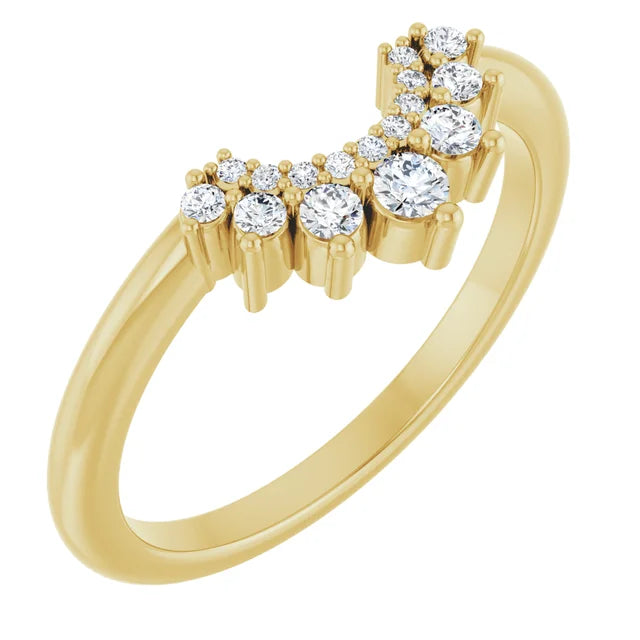
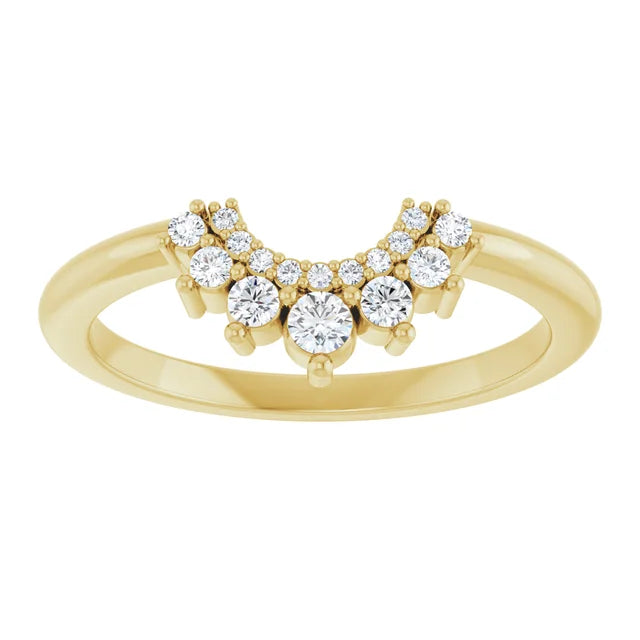
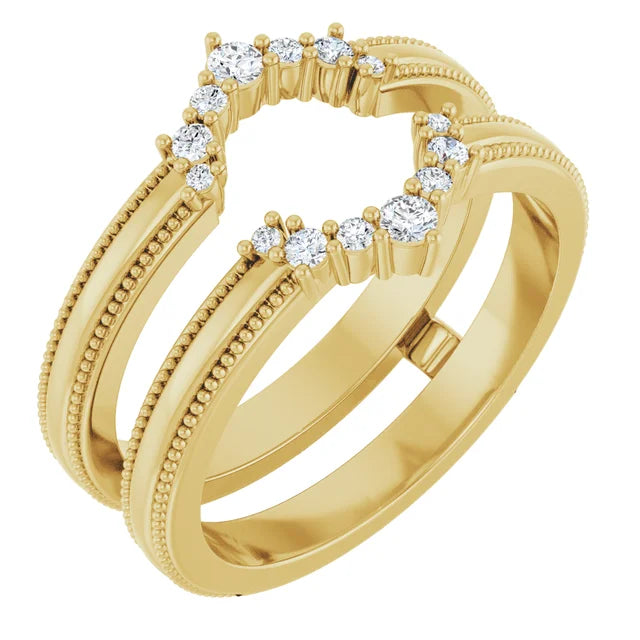
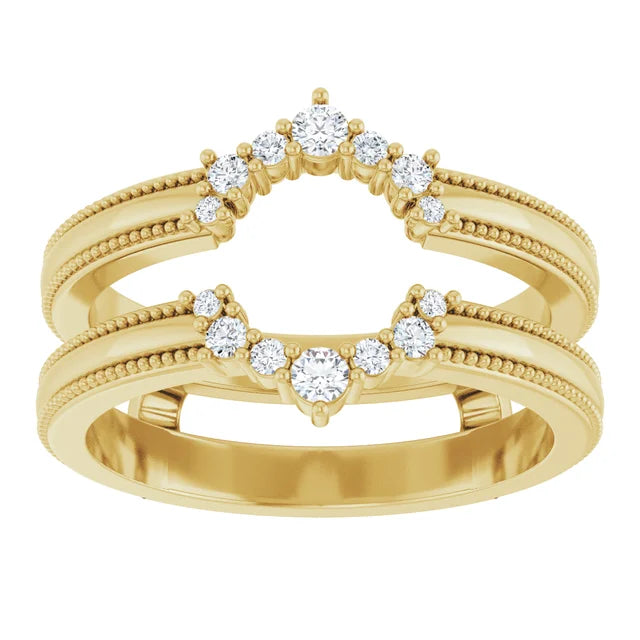
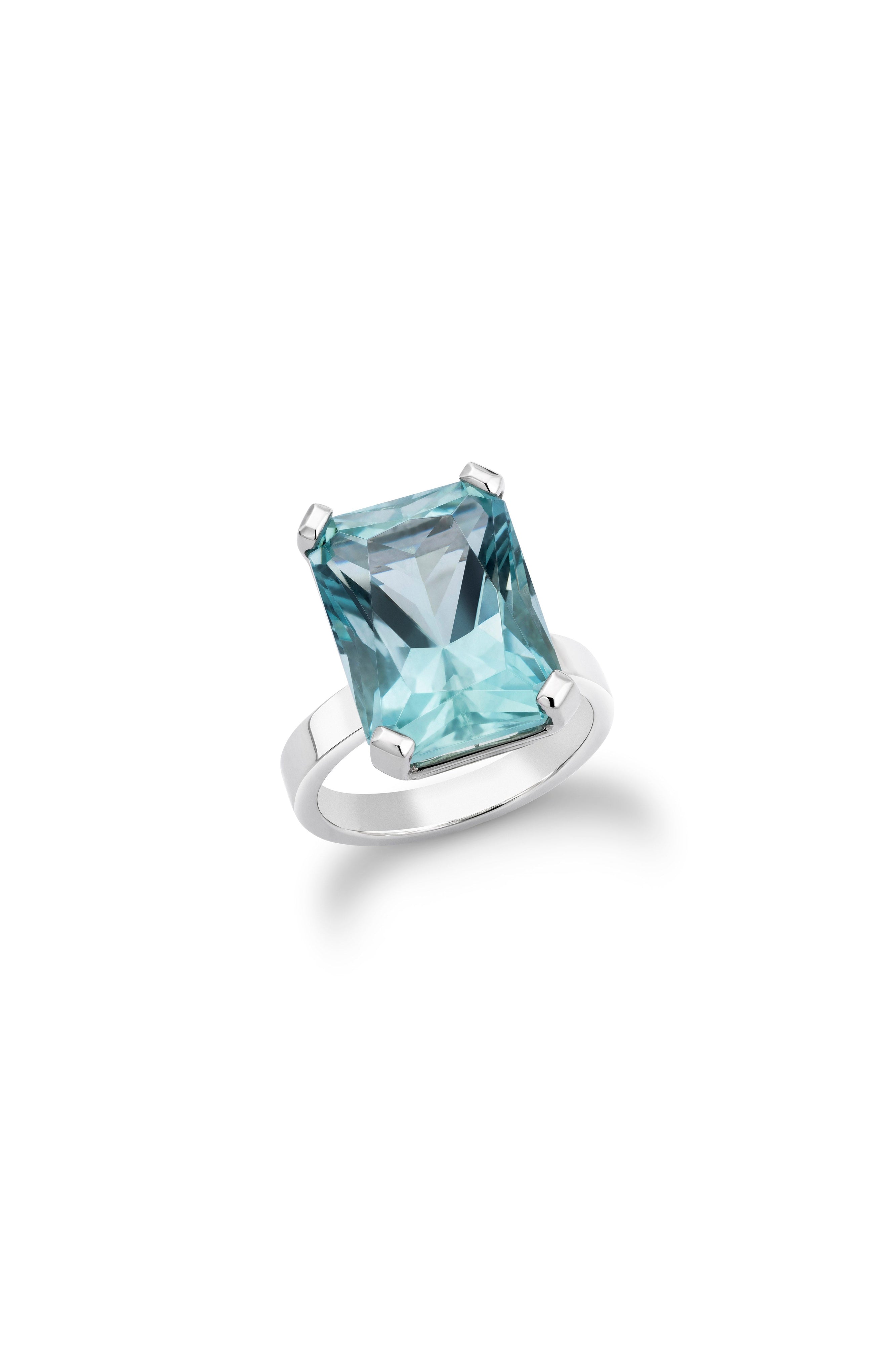
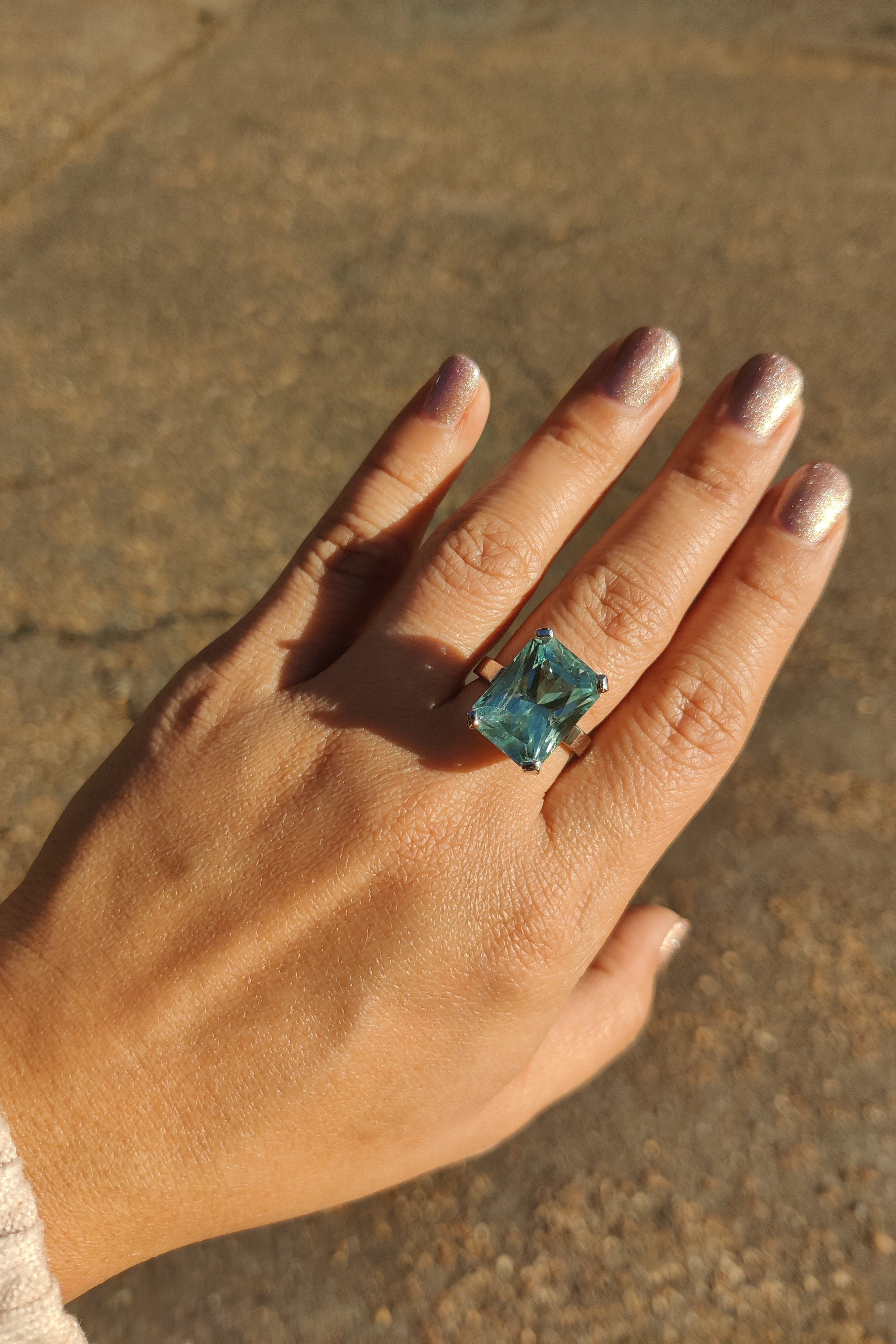
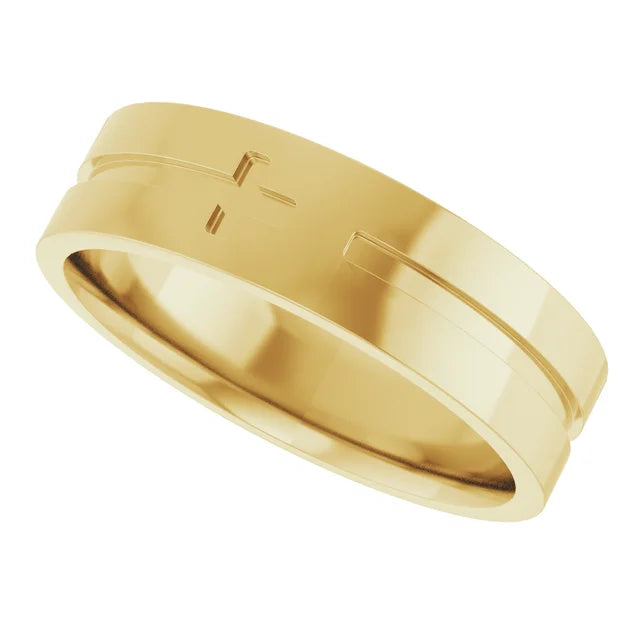
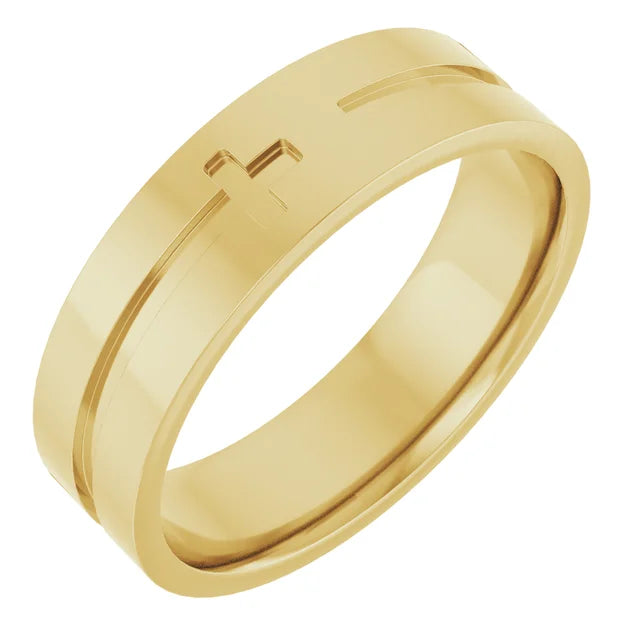

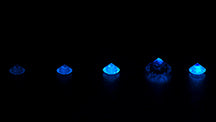
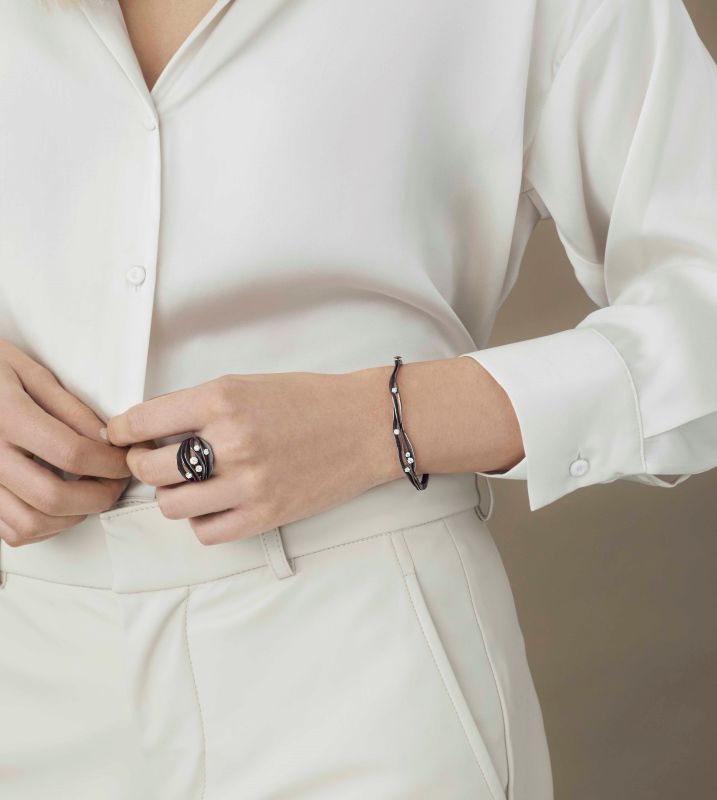

Leave a comment